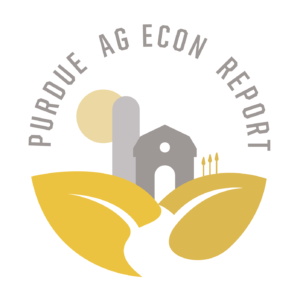COVID-19 and Online Grocery Prices
April 13, 2020
PAER-2020-07
Author: Chinonso Ezenwa Etumnu, Ph.D. Candidate Agricultural Economics
In 2014, retail e-commerce sales in the world stood at $3.5 trillion and it is projected to be $6.5 trillion by 2023. Still, the value of online grocery sales as a component of total e-commerce sales is small. For example, in the United States, about 6.3% of total grocery sales are accounted for by online groceries, according to the food business advisory firm Bricks Meets Clicks.
Will the COVID-19 pandemic cause an increase in online grocery buying? The current global pandemic has resulted in stay-at-home orders and shutdowns in several parts of the United States, which suggests a likely increase in grocery e-commerce.
How might an increase in online grocery buying impact prices? To explore this issue, data from the online retailer Amazon were scraped from the web for ground coffee – a beverage product widely sold online. Data were collected at different points in time, before and during the COVID-19 outbreak.
On March 31st, 2020, ground coffee prices were collected for 1087 products from Amazon.com. The average price of these products was $23.10. Comparable data were obtained almost exactly one year prior on March 30th, 2019 for 811 ground coffee products, which had an average price of $23.83.
Because the product mix is not the same in both time periods, data from March 2020 were matched with the data from March 2019. Only 272 ground coffee products appeared in both samples. The average matched prices in March 2020 and 2019 were $22.36 and $23.43, respectively. The average March 2020 price is lower than the March 2019 price when there was no COVID-19 pandemic. In fact, the March 2020 price is statistically significantly lower than the price in March 2019.
The COVID-19 pandemic does not appear to have resulted in a price surge for ground coffee products on Amazon.com, at least for this particular product. The U.S. food supply chain, as exemplified by Amazon. com, seems to be working much more efficiently in stemming possible surges in grocery prices.
The findings highlight the need to investigate the effect of the pandemic on the relative prices of food products globally to explore whether food supply chains in other parts of the world have been disrupted by the pandemic. These findings also suggest the need for better access and awareness of e-commerce data to understand the full impact of prices faced by consumers.
